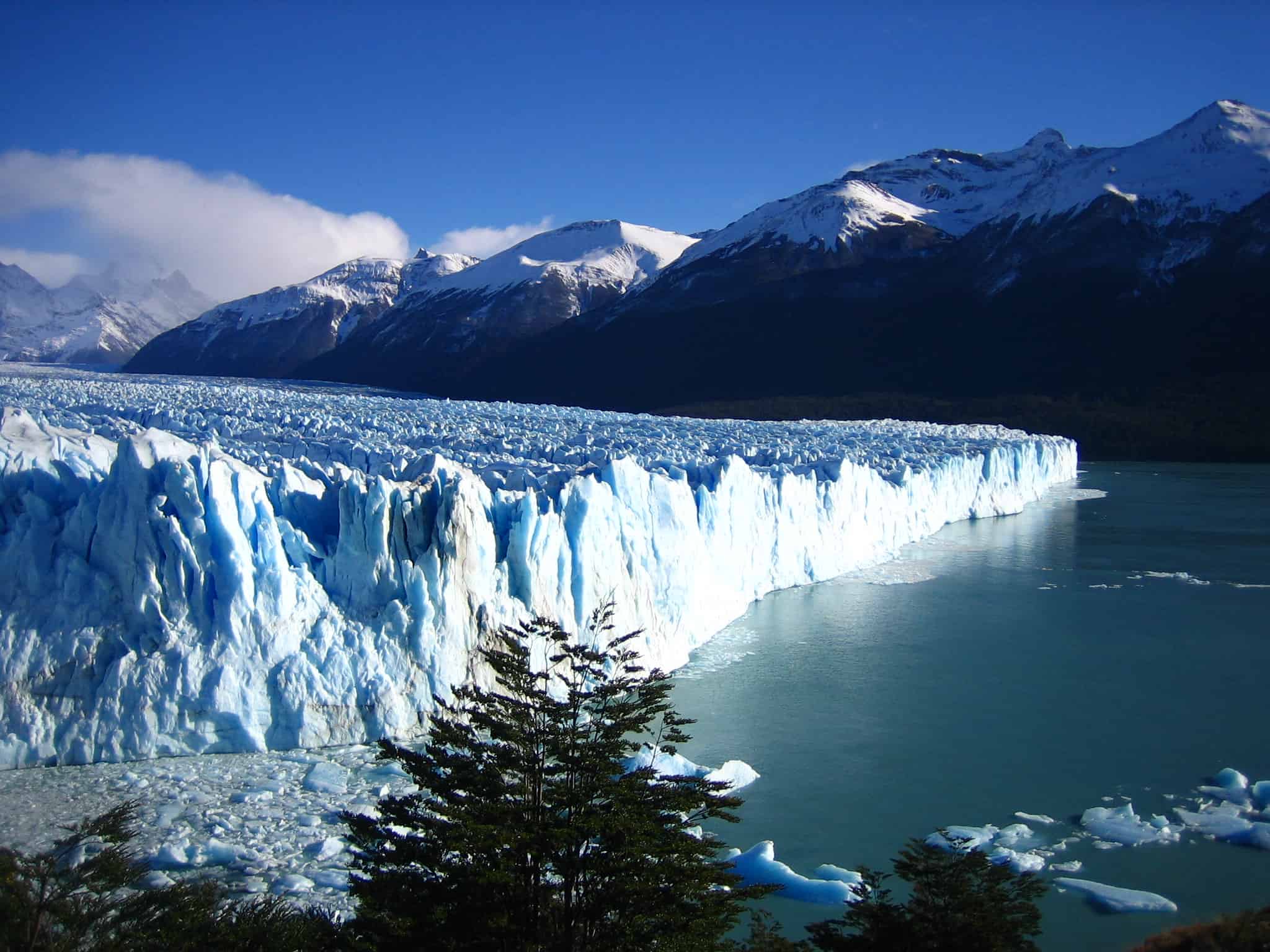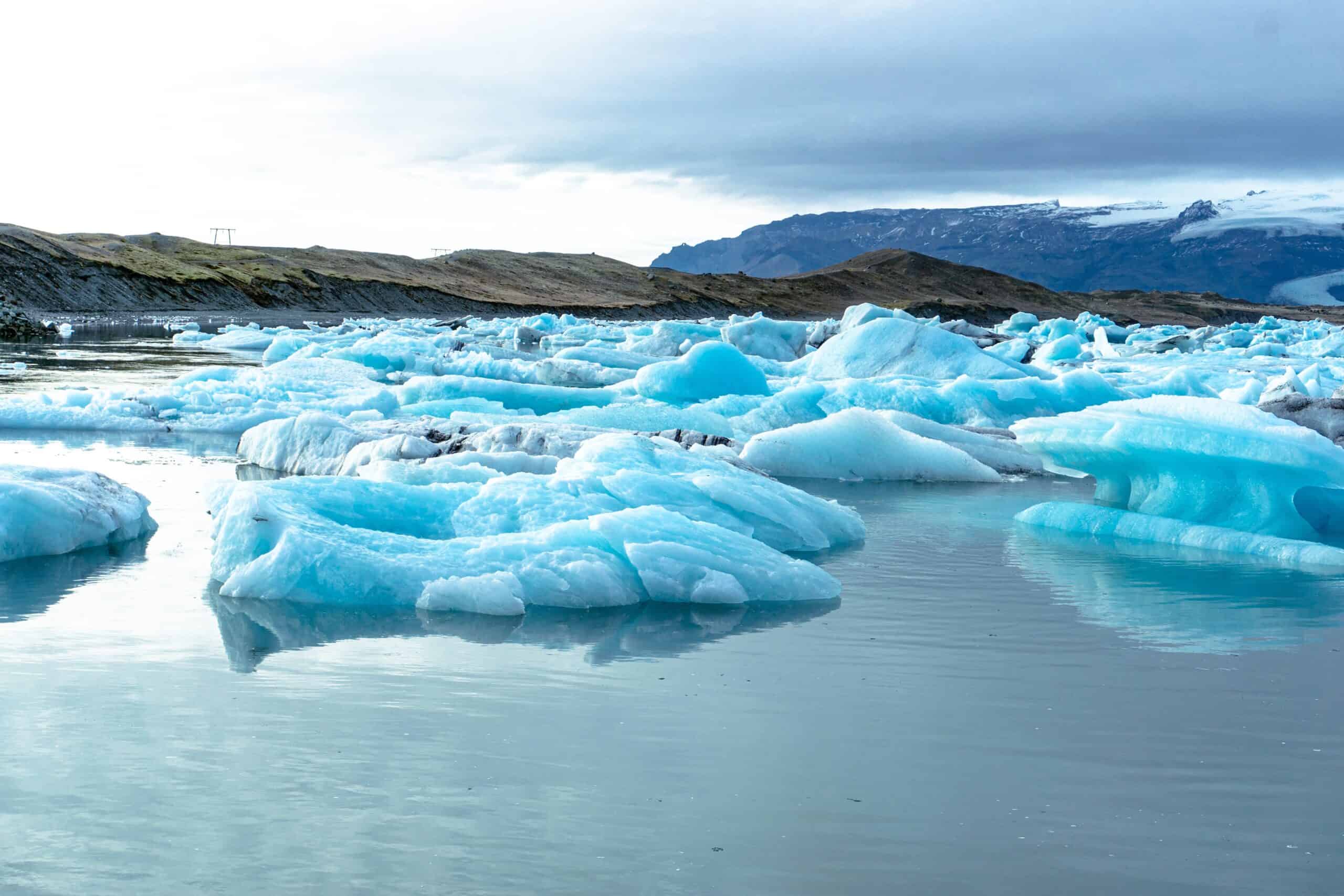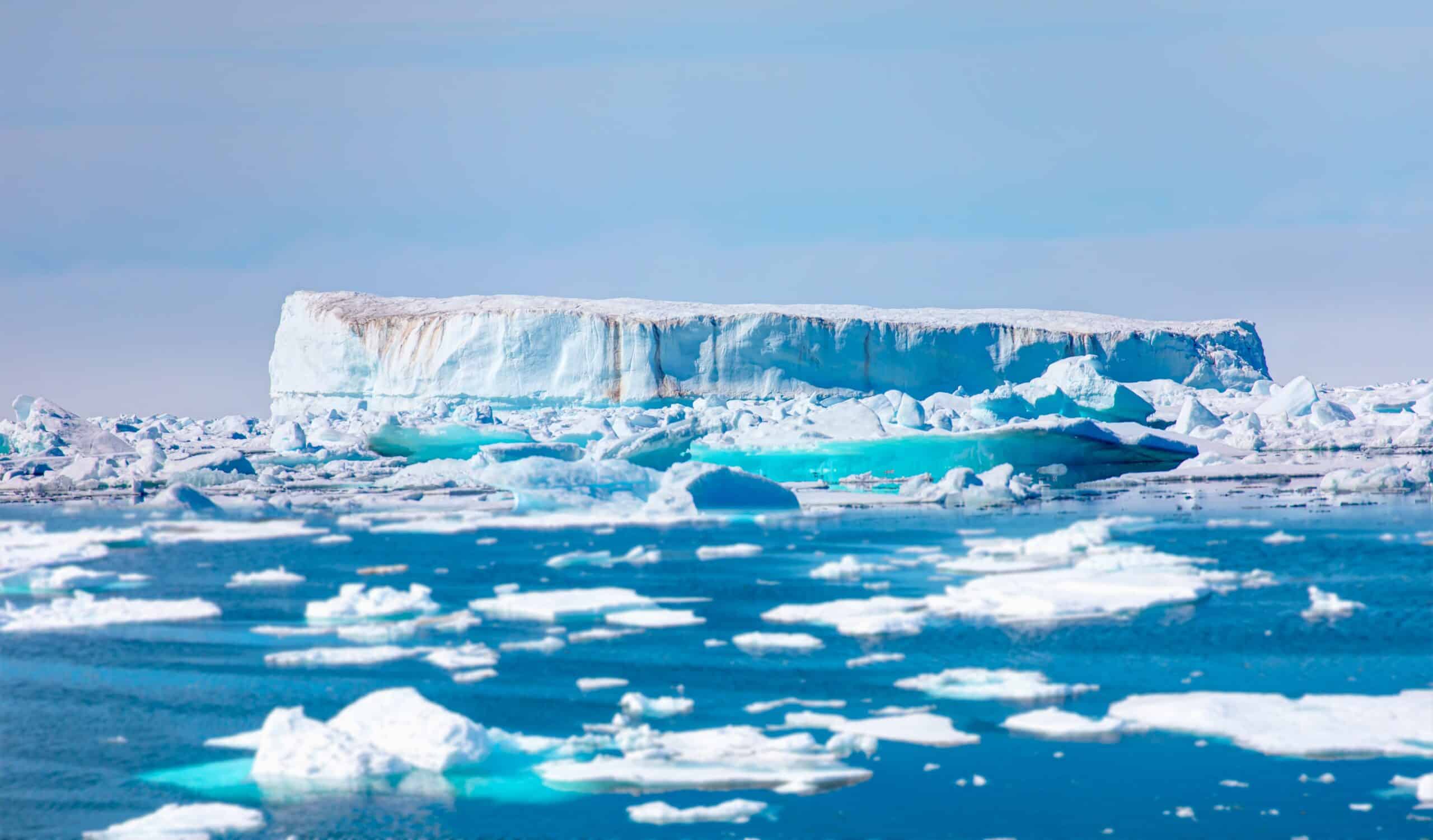The polar regions of our planet are home to some of the most breathtaking and awe-inspiring ice formations on Earth. From towering icebergs and expansive ice sheets to intricate glaciers and sparkling ice caves, these natural wonders showcase the raw beauty and power of nature. In this article, we explore the top 14 most stunning ice formations in the polar regions, each with its unique characteristics and mesmerizing features. Whether you are captivated by the brilliant blue ice of Antarctica’s glaciers or the dynamic landscapes of Arctic sea ice, these formations offer a glimpse into the majestic and often fragile world of polar ice.
Antarctic Icebergs

Antarctic icebergs are some of the most awe-inspiring ice formations in the world, often towering hundreds of meters above the ocean’s surface. These colossal chunks of ice, broken off from glaciers and ice shelves, drift through the Southern Ocean, showcasing stunning blue hues and intricate shapes sculpted by the elements. Their sheer size and beauty highlight the power and fragility of the Antarctic environment. The icebergs’ constantly changing forms and the dramatic interplay of light and shadow create a mesmerizing spectacle for those fortunate enough to witness them.
Greenland Ice Sheet

The Greenland Ice Sheet is a vast expanse of ice covering roughly 1.7 million square kilometers, making it the second-largest ice body in the world after Antarctica. This massive ice sheet contains enough water to raise global sea levels by over seven meters if it were to melt entirely. The ice sheet’s surface features an array of stunning formations, including deep crevasses, towering ice cliffs, and fast-flowing glaciers. The dynamic nature of the Greenland Ice Sheet, with its seasonal meltwater rivers and moulins, adds to its breathtaking beauty and scientific significance.
Blue Ice Glaciers, Antarctica

The Blue Ice Glaciers of Antarctica are renowned for their strikingly clear and vivid blue ice, which results from the compression of snow over millennia, expelling air bubbles and absorbing the blue spectrum of light. These glaciers, found in areas such as the Wright Valley and Taylor Glacier, offer a surreal and otherworldly landscape. The blue ice fields, often dotted with windswept ridges and polished surfaces, create an enchanting and serene environment that captivates visitors and scientists alike.
Lake Baikal Ice, Russia

Lake Baikal, the world’s deepest and oldest freshwater lake, transforms into a winter wonderland when its surface freezes over. The ice on Lake Baikal is renowned for its exceptional clarity, allowing visitors to see several meters below the surface. During the winter, unique ice formations such as methane bubbles, pressure ridges, and ice hummocks create a stunning and dynamic landscape. The ice’s turquoise hues and intricate patterns make Lake Baikal one of the most visually striking frozen environments on the planet.
Perito Moreno Glacier, Argentina

Located in the Los Glaciares National Park in Argentina, the Perito Moreno Glacier is one of the most famous and accessible glaciers in the world. Spanning approximately 250 square kilometers and reaching heights of up to 70 meters above Lake Argentino, this glacier is known for its dramatic ice calving events, where massive chunks of ice break off and crash into the lake below. The glacier’s vibrant blue ice, created by the compression of snow and ice, contrasts beautifully with the surrounding Patagonian landscape, making it a must-see natural wonder.
Jökulsárlón Glacier Lagoon

Jökulsárlón Glacier Lagoon, located at the edge of the Vatnajökull National Park, is a breathtaking destination where icebergs from the Breiðamerkurjökull glacier float serenely in a glacial lagoon. The lagoon’s deep blue waters, dotted with icebergs of various shapes and sizes, create a stunning and tranquil scene. The icebergs, often with a mix of clear, blue, and white ice, reflect the changing light and create a mesmerizing visual experience. Jökulsárlón is also a popular spot for observing seals and a diverse array of birdlife, adding to its allure.
Briksdalsbreen Glacier, Norway

The Briksdalsbreen Glacier, an arm of the Jostedalsbreen, the largest glacier in mainland Europe, is a stunning natural attraction in Norway. Nestled within a picturesque valley surrounded by towering mountains and cascading waterfalls, the glacier descends into a beautiful glacial lake. The vibrant blue ice and the glacier’s accessibility make it a popular destination for hikers and nature enthusiasts. The scenic beauty of Briksdalsbreen, combined with the dramatic landscape of the Jostedalsbreen National Park, offers a breathtaking experience for visitors.
Vatnajökull Ice Cap, Iceland

Vatnajökull, the largest ice cap in Iceland and one of the largest in Europe, covers an area of approximately 8,100 square kilometers. This vast expanse of ice and snow features numerous outlet glaciers, ice caves, and volcanic activity beneath the ice. The interplay of ice and fire has created a dynamic and ever-changing landscape, with stunning formations such as icefalls, crevasses, and glacier lagoons. The Vatnajökull Ice Cap’s sheer size and diversity make it a fascinating destination for adventurers and scientists alike.
Svínafellsjökull Glacier, Iceland

Svínafellsjökull Glacier, part of the larger Vatnajökull Ice Cap, is a stunning outlet glacier that descends from the highlands into the lowlands of Iceland. Known for its dramatic ice formations, deep blue crevasses, and rugged terrain, Svínafellsjökull offers a unique and picturesque landscape. The glacier’s proximity to popular hiking trails and the scenic beauty of the surrounding Skaftafell Nature Reserve make it a favorite destination for outdoor enthusiasts and photographers seeking to capture the raw beauty of Iceland’s glacial landscapes.
Ross Ice Shelf, Antarctica

The Ross Ice Shelf is the largest ice shelf in Antarctica, covering an area of approximately 487,000 square kilometers. This vast floating ice platform extends into the Ross Sea and is fed by several massive glaciers. The ice shelf’s towering ice cliffs, some reaching heights of over 50 meters, create a dramatic and imposing landscape. The Ross Ice Shelf plays a crucial role in regulating the flow of ice from the Antarctic continent into the ocean, making it a significant focus of scientific research. Its immense size and the stark beauty of its ice formations make it one of the most awe-inspiring features of the polar regions.
Ice Shelves of Antarctica

Antarctica is home to several other massive ice shelves, each with its unique characteristics and stunning formations. Notable examples include the Larsen Ice Shelf, the Ronne Ice Shelf, and the Filchner Ice Shelf. These ice shelves, formed by the flow of glaciers and ice streams into the ocean, create extensive floating platforms of ice. The intricate patterns of crevasses, icebergs, and melt ponds on the surface of these ice shelves make them visually striking. The dynamic nature of ice shelves, constantly changing due to calving events and melting, highlights the ongoing processes shaping the Antarctic landscape.
Mount Erebus Ice Towers, Antarctica

Mount Erebus, the southernmost active volcano on Earth, is located on Ross Island in Antarctica. The volcano’s summit is surrounded by a series of ice towers, formed by steam vents that freeze upon contact with the cold air. These ice towers, some reaching heights of 10 meters or more, create a surreal and otherworldly landscape. The combination of volcanic activity and ice formations makes Mount Erebus a unique and fascinating destination for scientists and explorers.
Taku Glacier, Alaska

Taku Glacier, located in the Tongass National Forest near Juneau, Alaska, is one of the largest and most active glaciers in the region. Unlike many glaciers worldwide, Taku Glacier has been advancing over the past century, pushing its terminus further into the Taku River. The glacier’s impressive size, vibrant blue ice, and dynamic nature make it a stunning natural wonder. Visitors can explore the glacier through guided tours and helicopter flights, offering a chance to witness the power and beauty of this advancing ice formation.
Arctic Sea Ice

Arctic sea ice, covering the Arctic Ocean, is a vast and dynamic ice formation that plays a crucial role in regulating the Earth’s climate. The sea ice undergoes dramatic seasonal changes, expanding during the winter and shrinking during the summer. This ice, characterized by its intricate patterns of ridges and leads (open water channels), creates a stunning and ever-changing landscape. The presence of Arctic sea ice influences global weather patterns, marine ecosystems, and the livelihoods of indigenous communities. The beauty and significance of Arctic sea ice make it one of the most important and captivating ice formations in the polar regions.
This article originally appeared on Rarest.org.
More from Rarest.org
10 Most Picturesque Islands in the Mediterranean

The Mediterranean is home to some of the world’s most breathtaking islands, each offering a unique blend of natural beauty, rich history, and vibrant culture. Read more.
8 Wealthiest Beachfront Properties Around the World

Discover the epitome of luxury with the world’s wealthiest beachfront properties. These exquisite homes offer unparalleled views, exclusive amenities, and prime locations. Read more.
9 Most Exclusive Gated Communities Worldwide

Living in a gated community offers unparalleled privacy, security, and luxury. These exclusive enclaves attract the world’s elite, providing them with a sanctuary from the hustle and bustle. Read more.
